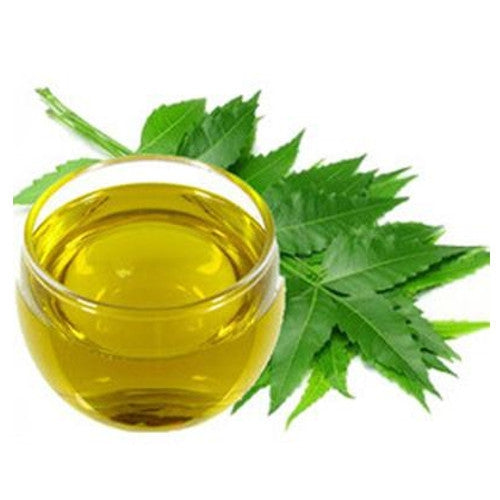Neem Oil - Kills 200+ Pests Naturally!
The neem plant is native to India. The scientific name is Azadirachta indica. The oil produced from this plant is a great organic treatment against 200+ plant eating pests. These include mealy bugs, aphids, cabbage worms, thrips, whiteflies, mites, fungus gnats, mushroom flies, locusts, beet armyworms, the Japanese beetle and other leaf-feeding beetles.
How it Works
Neem oil works by interfering with their reproductive cycles, inhibiting their feeding, serving as a repellent, and, with some pests, as a contact-insecticide that kills them outright. What this means is that once consumed, it will prevent insects from feeding, stunting their growth and preventing the larvae from reaching the next growth stage, breaking the reproductive cycle.
Neem oil also seems to repels insects with its strong aroma, making the plant unpleasant for pests. Besides insects, neem oil is also effective against nematode worms, fungal diseases such as powdery mildew, black spot and rust fungi. Neem oil, applied as a foliar spray prevents fungus and other leaf diseases. It’s particularly effective against spider mites.

Cold-Pressed Neem Oil
Only use 100% pure, cold-pressed neem oil - Cold-pressed is important since Azadirachtin is destroyed by heat, which means that oils made using heat won’t have a lot of active compound. You will avoid any contamination with chemicals or solvents that might be used in the manufacturing process.
Besides being an organic insecticide, using this product allows you to target only pests and not beneficial bugs such as bees and ladybugs. By definition, "pests" are the insects eating your plants, and neem oil kills an insect only if it ingests the sprayed foliage. This will spare bees and ladybugs!
Recipe
1 L (1 Qt.) warm water
5 ml (1 tsp.) neem oil.
1-2 ml (⅓ tsp) mild liquid soap, insecticidal soap or another mild detergent.
Directions
Mix soap and water in a spray bottle and shake well. Next, add neem oil, and shake again. Spray liberally on all areas of plant leaves and stems as well as saturating the top layer of soil. Make sure to spray the underside of the leaves.
Do not water plant for a few weeks if possible to dry out the top layer of soil (usually where the pests will lay their eggs). If necessary "bottom water" the plant.
Solution can be applied every 2-3 weeks until you are confident all pests are eliminated. You can experiment with if you think you need a stronger solution.
NOTE: Always test the formulation of your choice on a small part of the plants first to determine if there are any adverse effects. Wear gloves and try to avoid breathing the spray.



4 comments
Write a commentsrqyvcnsng
Muchas gracias. ?Como puedo iniciar sesion?
kimmy kervel
Thanks for sharing this is really helpful for me and hope you add more in future also
Terry Marszalek
Thanks for your question. For fruit trees you can apply up until fruit appears. There is a residual oil that you do not want in the final harvest. In regards to shrubs you can apply all year long just do not apply in direct hot sunlight. Hopefully this answers your questions. Take care. Happy growing!
Michelle
During what growing seasons is this safe to use on fruit trees and shrubs?